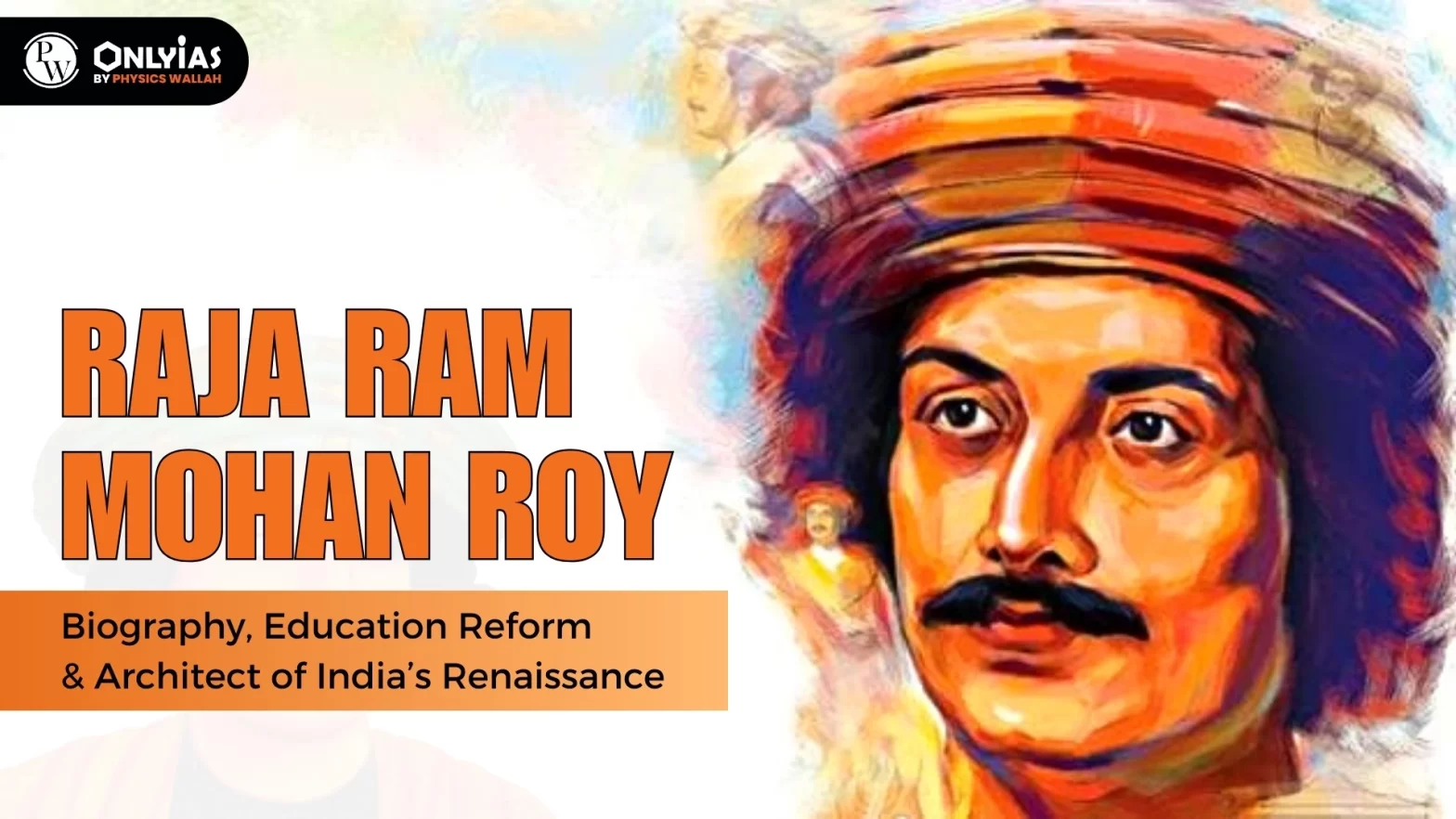![]() PWOnlyIAS
PWOnlyIAS
![]() November 15, 2023 03:18
November 15, 2023 03:18
![]() 1439
1439
![]() 0
0

Raja Ram Mohan Roy was known as the father of Modern Indian Renaissance for his religious, social, and educational reforms. He confronted traditional Hindu customs and advocated for societal progress in India during the colonial period.
| Social Reforms |
|
| Religious Reforms |
|
| Economic & Political Reform |
|
| Educational Reform |
|
Raja Ram Mohan Roy was a wise person who knew how important the modern world was. He believed that humans should work together and be like brothers and sisters, not just focus on being independent. He wanted Indians to know their culture and work together with others to make the world better.
<div class="new-fform">
</div>

Latest Comments